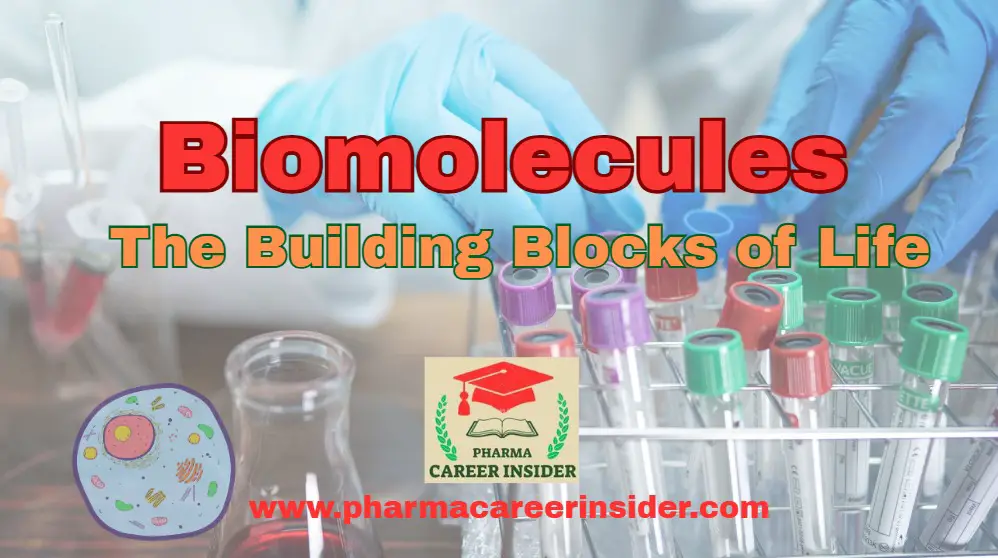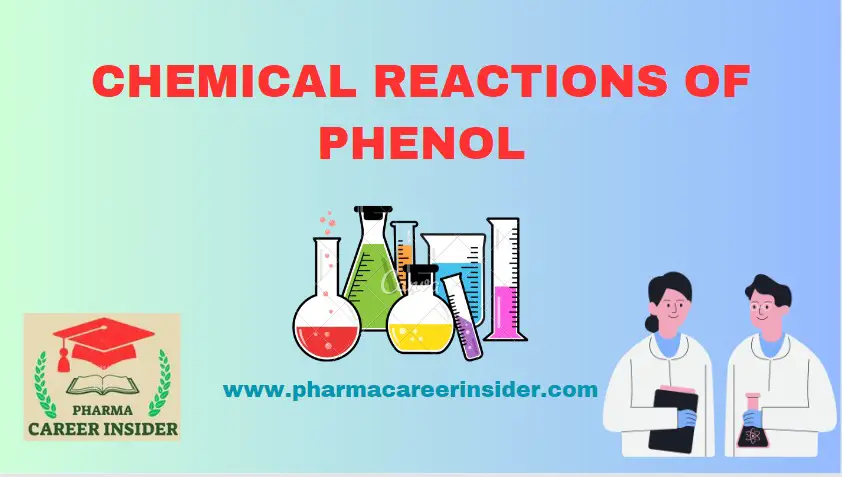Life as we know it exists because of certain key substances called biomolecules. These are organic molecules present in living organisms that are essential for biological functions such as energy production, cell structure, metabolism, growth, and reproduction. Let’s explore this concept in a simple, straightforward way.
What are Biomolecules?
Biomolecules are chemical compounds found naturally in living organisms. They are primarily made up of carbon (C), hydrogen (H), oxygen (O), nitrogen (N), phosphorus (P), and sulfur (S). These elements combine in different ways to form molecules that help our body function properly.
There are four major types of biomolecules:
- 1. Carbohydrates
- 2. Proteins
- 3. Lipids
- 4. Nucleic acids
Each group has a unique structure and function, and all four are crucial to life.
1. Carbohydrates: Quick Energy Source
Carbohydrates are organic compounds made up of carbon, hydrogen, and oxygen. They are also called saccharides or sugars. The general formula for many carbohydrates is (CH₂O)n.
Types of Carbohydrates:
- Monosaccharides – Single sugar units (e.g., glucose, fructose)
- Disaccharides – Two sugar units (e.g., sucrose = glucose + fructose)
- Oligosaccharides – 3 to 10 sugar units
- Polysaccharides – Many sugar units (e.g., starch, glycogen, cellulose)
Functions:
- Provide immediate energy (e.g., glucose is used in cellular respiration)
- Serve as stored energy (e.g., glycogen in humans, starch in plants)
- Form structural materials (e.g., cellulose in plant cell walls)
2. Proteins: Body’s Machinery
Proteins are large, complex molecules made of amino acids. They contain carbon, hydrogen, oxygen, nitrogen, and sometimes sulfur.
Amino Acids:
There are 20 amino acids commonly found in proteins. They are linked together by peptide bonds to form chains, which then fold into functional proteins.
Types of amino acids:
- Essential amino acids – Cannot be made by the body (e.g., lysine, leucine)
- Non-essential amino acids – Can be synthesized in the body (e.g., alanine, glutamine)
Levels of Protein Structure:
- Primary – Sequence of amino acids
- Secondary – Alpha-helices and beta-sheets
- Tertiary – 3D shape due to side chain interactions
- Quaternary – Multiple polypeptide chains combined
Functions:
- Enzymes (e.g., amylase, trypsin): Speed up reactions
- Hormones (e.g., insulin): Regulate body functions
- Antibodies: Help fight infections
- Transport proteins (e.g., hemoglobin): Carry substances in the body
- Structural proteins (e.g., collagen): Build body parts like skin and tendons
3. Lipids: Long-Term Energy and Insulation
Lipids are a group of non-polar molecules that include fats, oils, waxes, and steroids. They are made mostly of carbon and hydrogen, with a small amount of oxygen.
Types of Lipids:
- Simple lipids – Fats and oils made of glycerol and fatty acids
- Compound lipids – Phospholipids (found in cell membranes)
- Derived lipids – Steroids (e.g., cholesterol, hormones)
Fatty Acids:
- Saturated fatty acids – No double bonds (solid at room temp)
- Unsaturated fatty acids – One or more double bonds (liquid at room temp)
Functions:
- Store energy for long-term use
- Make up the cell membrane (phospholipid bilayer)
- Provide insulation and protect organs
- Act as hormones (e.g., testosterone, estrogen)
4. Nucleic Acids: Genetic Information Holders
Nucleic acids are long chains of nucleotides that store and transmit genetic information. There are two main types:
- DNA (Deoxyribonucleic acid)
- RNA (Ribonucleic acid)
Components of Nucleotides:
Each nucleotide is made of:
- – A nitrogenous base (Adenine, Guanine, Cytosine, Thymine/Uracil)
- – A sugar (ribose or deoxyribose)
- – A phosphate group
DNA vs. RNA:
| Feature | DNA | RNA |
| Sugar | Deoxyribose | Ribose |
| Bases | A, T, G, C | A, U, G, C |
| Structure | Double-stranded | Single-stranded |
| Function | Stores genetic info | Helps in protein synthesis |
Functions:
- DNA: Blueprint of life, contains all genetic information
- RNA: Helps in making proteins from DNA instructions
Other Important Biomolecules
1. Vitamins:
Organic compounds are needed in small amounts for proper metabolism. They act as coenzymes, helping enzymes perform their functions.
Types:
- Fat-soluble – A, D, E, K
- Water-soluble – B-complex, C
2. Hormones:
Chemical messengers that regulate body processes. Some are proteins (like insulin), and others are steroids (like cortisol).
3. Enzymes:
Special proteins that speed up biochemical reactions without being used up. They work under specific temperatures and pH.
Metabolism: An Overview
Metabolism is the sum of all chemical reactions in the body. It has two parts:
- Catabolism – Breaking down large molecules to release energy (e.g., glucose → ATP)
- Anabolism – Building new molecules using energy (e.g., amino acids → proteins)
All biomolecules play a role in metabolism.
Biomolecules in Daily Life
- Carbohydrates like rice and bread give us energy.
- Proteins from milk, eggs, and pulses help build muscles.
- Fats from butter and oil provide insulation and store energy.
- Nucleic acids are passed from parents to children and determine traits like eye color or blood type.
Even a small imbalance in these molecules can lead to health issues. For example:
- Protein deficiency may cause muscle loss.
- Excess fat can lead to obesity.
- Genetic disorders are often due to problems in DNA.

Tests to Identify Biomolecules
Here is some simple lab tests used to detect different biomolecules:
| Test Name | Detects | Example |
| Benedict’s test | Reducing sugars | Glucose |
| Biuret test | Proteins | Egg white |
| Sudan III test | Lipids | Butter |
| Iodine test | Starch | Potato |
Why Are Biomolecules So Important?
They are involved in every part of our life—from breathing to thinking to digesting food. Without them, cells cannot survive, and life would not exist.
Think of the body as a factory:
- Carbohydrates are the fuel
- Proteins are the workers and machines
- Lipids are the insulation and storage
- Nucleic acids are the blueprints
Everything works together smoothly unless something goes wrong.
Quick Summary
| Type | Basic Unit | Main Elements | Functions |
| Carbohydrates | Monosaccharides | C, H, O | Energy |
| Proteins | Amino acids | C, H, O, N (S) | Enzymes, structure |
| Lipids | Fatty acids & Glycerol | C, H, O | Energy storage, insulation |
| Nucleic acids | Nucleotides | C, H, O, N, P | Genetic info |
Conclusion
Biomolecules are the core of life processes. They help our body grow, repair itself, produce energy, and defend against disease. A good understanding of them is essential not just for exams but also to appreciate how our body works.
In short:
- Eat balanced food → Get all essential biomolecules
- Understand biomolecules → Understand life




